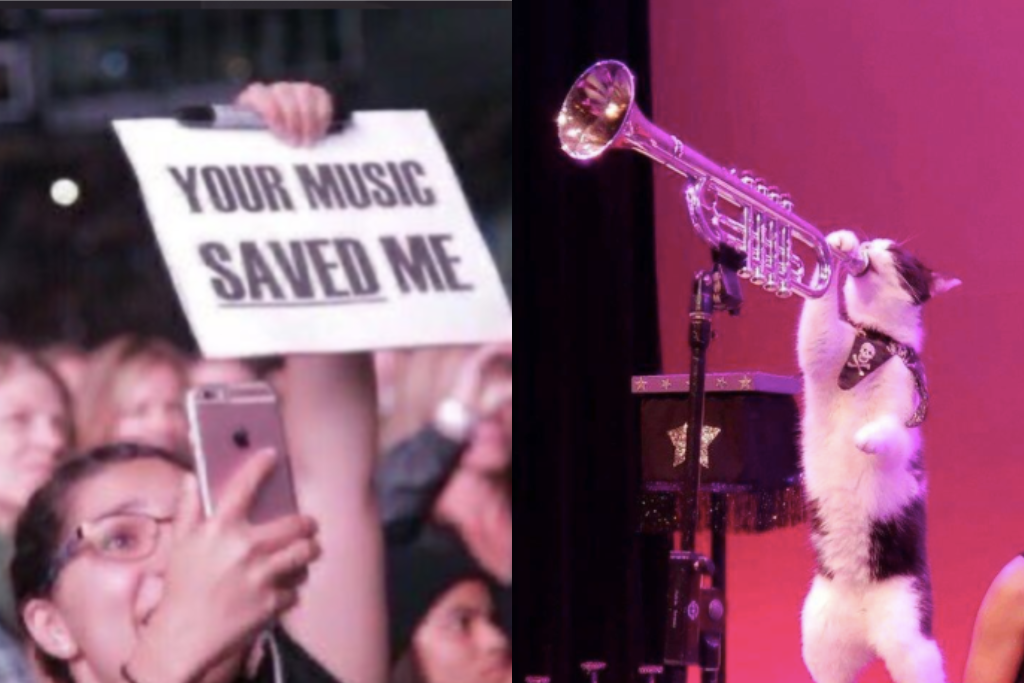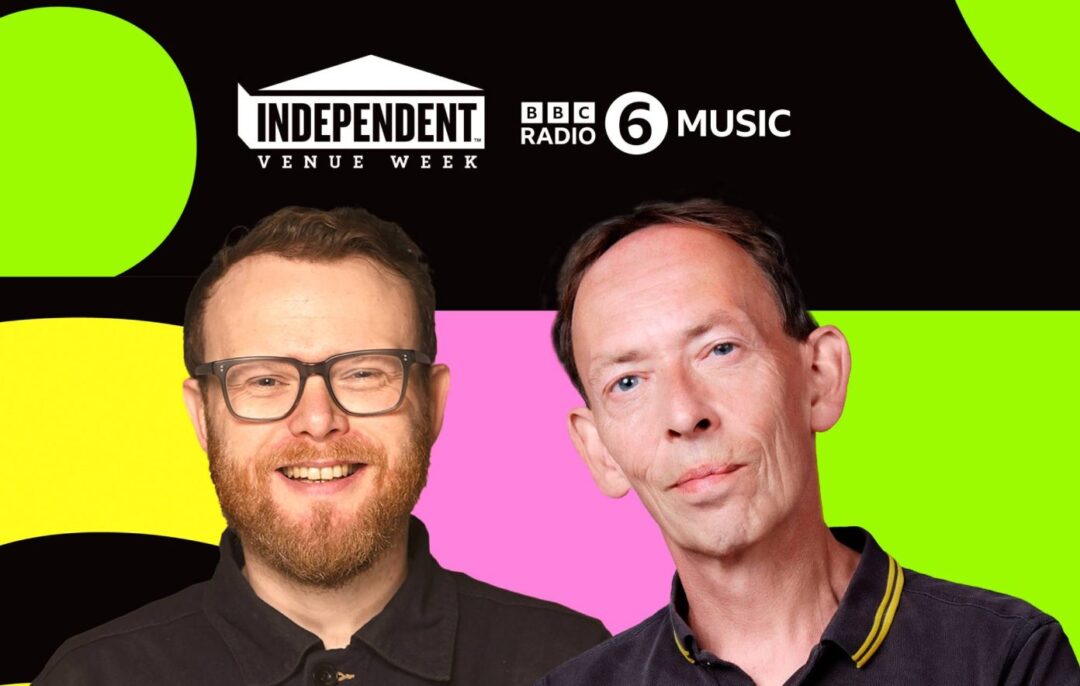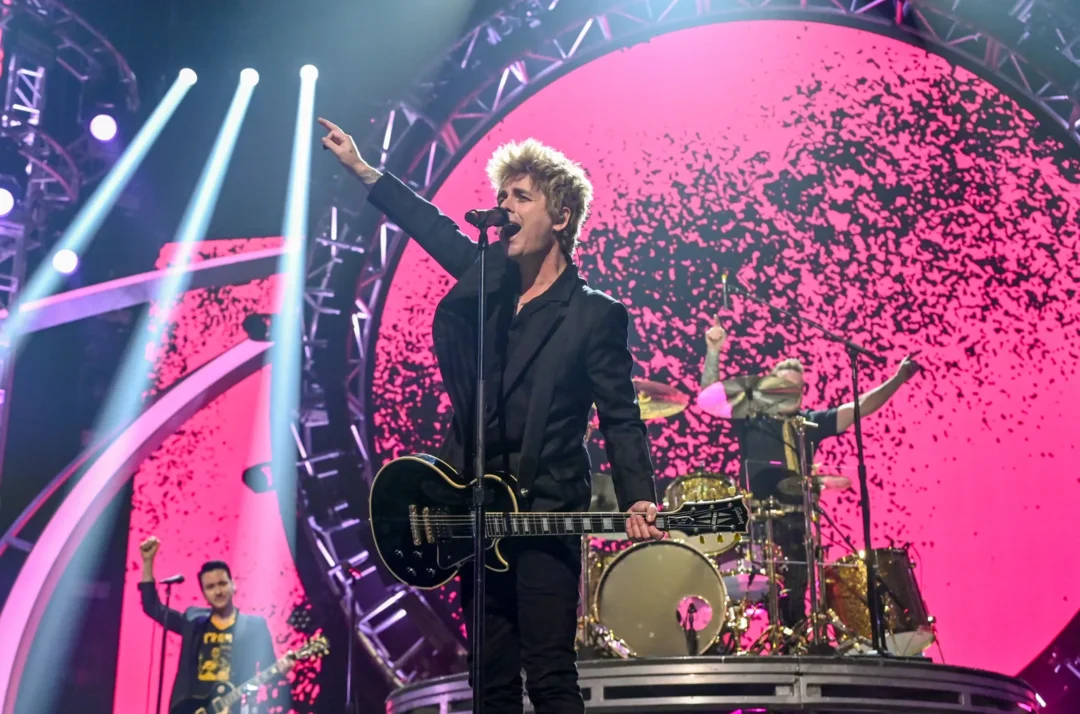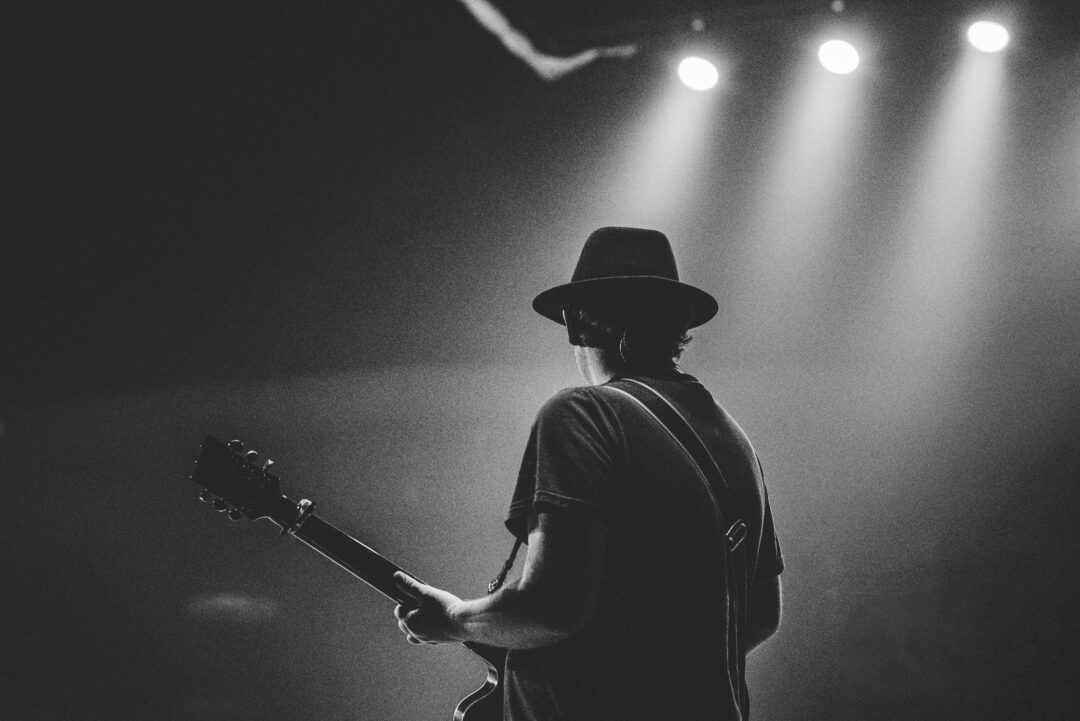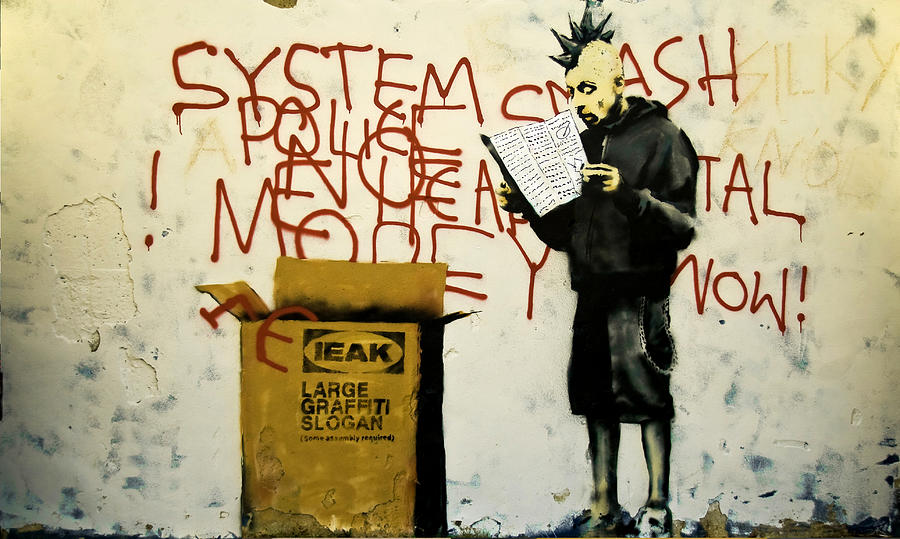Discover the latest music trends and insights with A&R Factory. Stay informed and inspired as we explore the dynamic music industry landscape where we cover the latest music industry trends, analysis and predictions in the industry. Whether you’re a music enthusiast or industry professional, A&R Factory is your go-to source.
The Rise of the Stan: Do Parasocial Relationships Help or Hinder Independent Musicians?
Posted on 19 January 2024Have you ever noticed that reactions to music and its creators rarely deviate from disdain, ambivalence, and obsession? In this article, we will be deep diving into the phenomenon of parasocial relationships, and the prominence of Stans, looking into how their psychology and slightly worrying tendencies are shaping the industry.
What Are Parasocial Relationships?
Parasocial relationships, a term coined in the 1950s by social scientists Donald Horton and R. Richard Wohl, describe a unique kind of psychological connection individuals develop with media figures – be they characters in a TV show, celebrities, or even fictional characters in literature. Unlike traditional social relationships, parasocial interactions are one-sided. The audience member or fan feels a bond and a sense of friendship with the figure, but this feeling is not reciprocated as the media figure is often unaware of their existence.
In the realm of parasocial relationships, the boundaries between reality and fiction often blur. Fans might follow every detail of a celebrity’s life or feel deep emotional connections with a character from a novel or film. This phenomenon has been amplified in the digital age, where social media platforms create an illusion of intimacy and accessibility with public figures. Followers are privy to daily updates, personal thoughts, and behind-the-scenes glimpses, fostering a sense of closeness that might feel akin to a real friendship.
While parasocial relationships can provide comfort and a sense of belonging, they also raise questions about the nature of celebrity culture and the impact of media consumption on our understanding of real-world relationships. In a world increasingly mediated by screens, discerning between genuine social connections and one-sided parasocial interactions becomes both a philosophical and psychological challenge, echoing the complexities of human emotion and connection in the modern age.
The Rise of the Stan
In the ever-evolving lexicon of the music industry, the term ‘Stan’ – a blend of ‘stalker’ and ‘fan’ – has emerged to describe a new breed of superfan. Coined from Eminem’s 2000 song of the same name, a ‘Stan’ epitomises an intense, often obsessive adoration for a particular musician or band. These fans don’t just appreciate the music; they form a deep, one-sided bond with the artist, sometimes blurring the lines between admiration and obsession, and taking their parasocial relationships one step beyond. The epitome of this behaviour was noted in 2023 when Taylor Swift fans, or Swifties, ensured TikTok knew that they were wearing adult diapers to her Eras tour so that they wouldn’t miss a track on a bathroom break.
The Challenge for Emerging Artists
This intense fandom culture poses a unique challenge for up-and-coming musicians. In a landscape where Stans dedicate their time, energy, and resources to established artists, emerging talents often struggle to capture the attention of potential fans. The music industry, known for its competitiveness, becomes even more daunting when fans are preoccupied with their parasocial relationships. These fans, deeply invested in the lives and careers of their favourite artists, may overlook the rich tapestry of new music blossoming around them. This tunnel vision can stifle the growth of emerging artists who lack the fanbase and resources to compete for attention.
The Gig-Going Dilemma
The phenomenon extends into the live music scene. Hardcore fans may choose to follow their favourite artist across the country, or even continents, pouring their gig-going funds into a singular musical experience. This trend impacts the diversity of the live music scene, as fans funnel their resources into seeing one artist multiple times rather than exploring a variety of performances. This behaviour not only limits the fans’ musical exposure but also restricts the audience pool for independent artists who rely on live gigs for exposure and income. Of course, the obsessive need to see every performance supplements the income of the idolised artist but it speaks volumes of where we are in society today. Primarily, these kinds of gig-going habits are a result of people seeking community in an increasingly individual reality, their inability to sate their need for emotional connection elsewhere, and a side-effect of another widespread phenomenon, FOMO.
The Pressure to Please
For musicians, particularly independent artists, the rise of the Stan culture brings added pressure to maintain a certain persona and continuously engage with their fanbase. The expectation to create personal content and invite fans into their private world can be overwhelming. This constant demand for accessibility and intimacy can exacerbate mental health strains, as artists grapple with the need to balance their personal lives with the expectations of their fans. The pressure to keep Stans engaged can lead to burnout and anxiety, as artists feel compelled to sustain the parasocial relationship that their fans have come to expect.
Navigating the Stan Culture
The Stan culture, while showcasing the passionate side of music fandom, presents a complex landscape for both artists and fans. For emerging musicians, breaking through the noise requires innovative strategies to attract fans who might be preoccupied with established artists. It involves creating not just music, but a narrative that resonates with listeners, encouraging them to expand their musical horizons.
For established artists, managing the expectations of Stans while maintaining personal boundaries is a delicate balancing act. It’s about fostering a healthy fan relationship that respects the artist’s privacy and well-being. The industry, as a whole, needs to cultivate a more sustainable fan culture, one that celebrates diverse musical experiences and supports the mental health of both artists and fans.
In Conclusion
While parasocial relationships can create a vibrant and dedicated fanbase, they also pose challenges for the music industry, particularly for independent artists. Navigating this landscape requires a nuanced understanding of fan dynamics and a commitment to promoting a healthier, more inclusive music culture. As the industry evolves, so too must our approach to fandom, ensuring that it enriches rather than hinders the musical experience for all involved.-
For more advice on how to harness superfan power, read our blog on how independent musicians can reap the benefits of nurturing parasocial relationships with their fans.
Article by Amelia Vandergast

